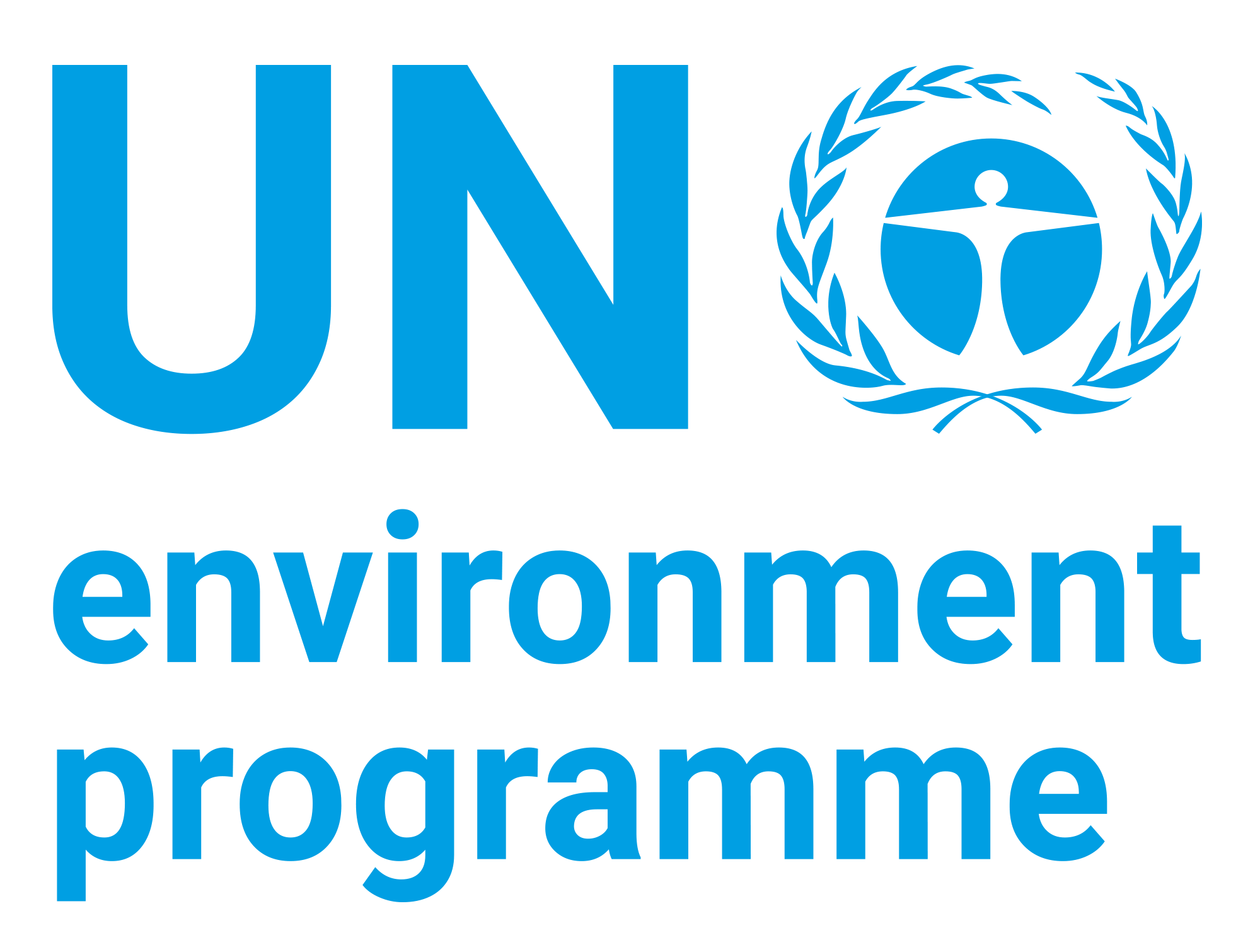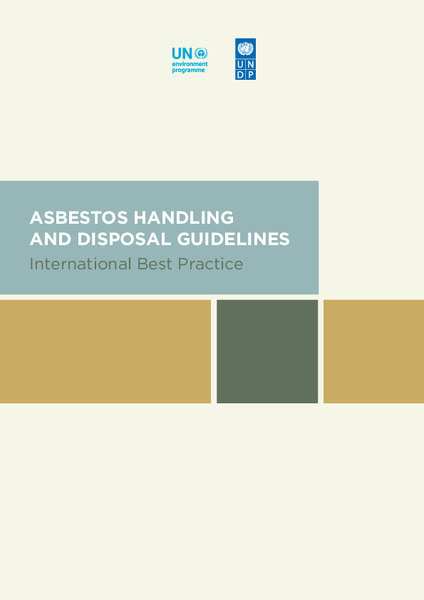| dc.contributor | Industry and Economy Division | en_US |
| dc.contributor.author | United Nations Environment Programme | en_US |
| dc.contributor.author | United Nations Development Programme | en_US |
| dc.coverage.spatial | Global | en_US |
| dc.date.accessioned | 2023-05-02T19:53:29Z | |
| dc.date.available | 2023-05-02T19:53:29Z | |
| dc.date.issued | 2020 | |
| dc.identifier.uri | https://wedocs.unep.org/20.500.11822/42291 | |
| dc.description | Any asbestos product or material that is ready for disposal can be defined as asbestos waste. This may also include contaminated building materials, tools that cannot be decontaminated, Personal Protective Equipment (PPE) and damp rags used for cleaning. If there is a doubt regarding asbestos waste, all waste should be treated as hazardous. Officially, asbestos
waste is classified as hazardous when it contains more than 0.1 per cent asbestos fibre per cubic centimetre (0.1f/cm3). However, asbestos waste should not be mixed with other waste to get the level of contamination below 0.1 per cent. The control limit is not a ‘safe’ level and exposure from work activities involving asbestos must be reduced to as far below the control limit as possible. | en_US |
| dc.format | pdf | en_US |
| dc.language | English | en_US |
| dc.rights | Public | en_US |
| dc.subject | asbestos | en_US |
| dc.subject | waste management | en_US |
| dc.title | Asbestos Handling and Disposal Guidelines: International Best Practice | en_US |
| dc.type | Manuals, Guides and Toolkits | en_US |
| wd.identifier.sdg | SDG 3 - Good Health and Well-being | en_US |
| wd.identifier.sdg | SDG 15 - Life on Land | en_US |


